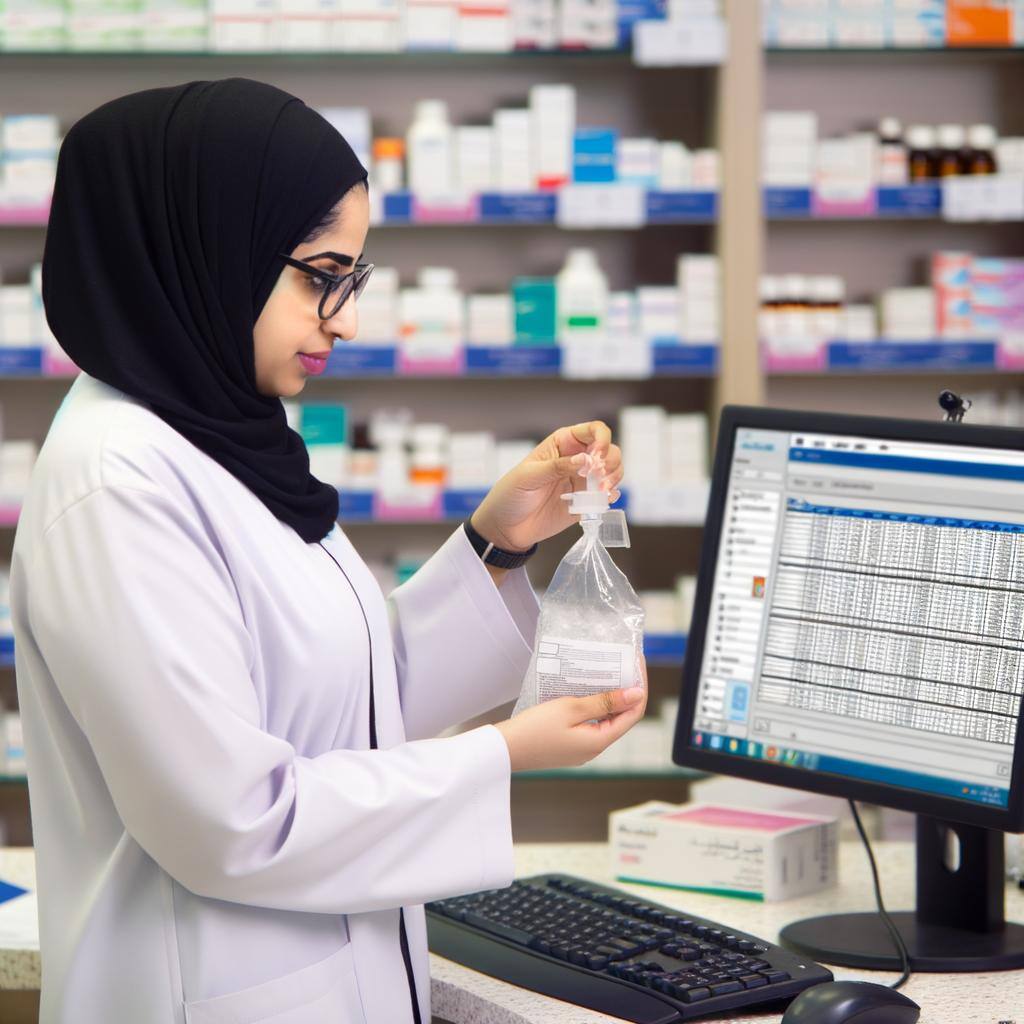Therapeutic drug monitoring (TDM) can improve pharmacokinetic/pharmacodynamic (PK/PD) target attainment of beta-lactam levels and optimize dosing in vulnerable populations, as discussed in the first part of our blog series. However, there are still several barriers to widespread adoption of TDM of beta-lactams into routine clinical practice. We polled inpatient pharmacists to identify barriers in adopting TDM for beta-lactams and:
- 40% didn’t know how to identify at-risk patients
- 50% ran into logistical issues around sample collection
- 57% didn’t understand how to interpret measured levels
- 70% experienced a prohibitively long lab turnaround time
Optimizing Beta-Lactams: the Role of Bayesian MIPD
While there is no single best approach to performing beta-lactam TDM (particularly in the face of these barriers), Bayesian model-informed precision dosing (MIPD) applications offer a valuable solution. These tools leverage individual patient characteristics, such as age, weight, and renal function, to tailor dosing and improve target attainment, especially in patients at high risk for suboptimal dosing. For example, patients who are obese or have altered PK/PD are more likely to experience improper dosing due to changes in drug distribution and clearance. By using Bayesian MIPD, pharmacists can better predict these variations and adjust dosing regimens accordingly, helping to optimize therapy in these vulnerable populations.
Does every patient need a drug level?
Obtaining beta-lactam levels can be challenging, particularly due to the need for precise sampling and careful handling, often requiring shipment to one of a few specialized labs in the U.S. with extended turnaround times. To better serve patients, a best practice approach within a pharmacist’s control is to carefully select the most appropriate candidates for therapeutic drug monitoring. By prioritizing patients who are at the highest risk for suboptimal dosing, such as those with altered pharmacokinetics, clinicians can focus resources where they are needed most and improve the likelihood of optimizing drug therapy in a timely manner.
MIPD platforms, even in the absence of a drug level, can provide exposure estimates using population PK data and patient-specific covariates to quickly identify who could be sub- or supratherapeutic using conventional beta-lactam doses. In other words, clinicians can plug in readily-available characteristics about their patients into a model to predict who would truly benefit from TDM. As such, an easy first step towards implementing beta-lactam TDM is to focus on high-risk patient populations, such as obese patients, allowing for more efficient use of resources and cost savings compared to monitoring all patients receiving beta-lactams.
For example, consider a 40 year old female with a BMI of 20 kg/m2 admitted to the surgical service and receiving cefepime as treatment for pneumonia caused by Pseudomonas aeruginosa with an MIC 8 μg/mL. Model-based estimates (see figure below) indicate that a standard dose of cefepime 1g IV q8h over 30 minutes would reach a sufficiently prolonged exposure above the MIC. In contrast, a 40 year old female with a BMI of 50 kg/m2 receiving cefepime for the same indication and pathogen would likely not reach an adequate PK/PD target using the same dose.

* Estimates derived from the population PK model published by Delattre IK, et al
Based on these estimates, the second patient would benefit more from TDM, whereas the first patient may be adequately treated with conventional dosing approaches.
What PK target(s) should I aim for?
Clinical studies have utilized different targets across different beta-lactam agents and populations, resulting in a very diverse set of suggested targets:
| Beta-Lactam | PK/PD Target for Efficacy* | PK/PD Target for Safety |
|
Carbapenems |
50-100% fT > MIC |
Trough > 44.5 mg/L |
|
Cephalosporins |
45-100% fT > MIC |
Trough > 20 mg/L |
|
Penicillins |
50-100% fT > MIC |
Trough > 361 mg/L |
* Some studies use even more aggressive targets such as 100% fT > 4x MIC! In the absence of robust clinical data, InsightRX cannot endorse or recommend the use of one target over another.
While we have yet to reach consensus on optimal targets, use of an MIPD solution offers excellent adaptability with target selection to augment clinical judgment. Clinicians can also leverage MIPD tools to better understand what drug exposure endpoints (in this case, fT > MIC) are predicted to result as across varying dosing intervals & infusion lengths (ex. 30 minute intermittent infusions or 3 hours prolonged infusions).
In another example, consider a relatively well-appearing patient on the general medicine service receiving empiric cefepime for pneumonia. A study from McKinnon and colleagues found higher rates of clinical cure in patients with serious bacterial infections (such as pneumonia) and achieved 100% fT > MIC. Based on these findings, a clinician could reasonably decide that this patient may be a candidate for targeting 100% fT > MIC. On the other hand,with a septic patient with recurring pseudomonal pneumonias, however, a clinician may prefer a higher target of 100% fT > 4 x MIC to lean towards prolonged microbiological eradication based on in vitro data published by Mouton et al.
OK, I’ve identified a patient who would benefit from TDM & I have a PK/PD goal in mind. How do I go about obtaining and interpreting levels?
Sampling approaches can differ depending on available resources. In the absence of MIPD software, clinicians could consider drawing multiple levels during a single dosing interval (ex: midpoint + trough, peak + midpoint + trough, etc.) to capture individual PK parameter estimates. Once levels have resulted, clinicians are then left to manually perform first-order elimination calculations to determine the percent of time above the MIC.
Take, for example, a patient on meropenem 2g q12h administered over 30 minutes with a PK/PD target of at least 100% fT > four times the MIC 1 μg/mL. After a dose was administered, free drug levels were obtained as follows:
- Level 1: 21.51 mg/L, obtained 2 hours after the end of infusion
- Level 2: 8.43 mg/L, obtained 6 hours after the end of infusion
To find the %fT/MIC in the absence of a dosing application, clinicians would need to go through several equations presuming first-order elimination:
- Find Ke using the equation Ke = ln (C1/C2) / (T2 - T1)
- Ke = ln (21.51 / 8.43) / (6 - 2) = 0.234
- Find Cmax using the equation Cmax = C1 / e(-Ke * T) where T is the number of hours between end of infusion and when level 1 was obtained
- Cmax = 21.51 / e(-0.234 * 2) = 34.36
- Find Cmin using the equation Cmin = C2 * e(-Ke * T) where T is the number of hours between when level 2 was obtained and the next scheduled dose
- Cmin = 8.43 * e(-0.234 * 5.5) = 2.32
- At this point, if your Cmin exceeds your MIC target, you could assume the current dose is therapeutic. But if that’s not the case - you’ll have to do further work to figure out what the exact percent fT > 4 x MIC is.
- Find when concentrations would fall below your MIC target using the equation T = ln (C4xMIC/C2) / -Ke
- T = ln (4/8.43) / -0.234 = 3.19
- This means this patient was below the desired PK/PD target about 3.2 hours after level 2 was obtained. In sum, this patient was therapeutic for a total of 9.2 hours after the end of infusion.
- Calculate % fT > 4x MIC
- 9.2 hours / 12 hours = 76.6%
Even after all of the above, clinicians are not left with a clear set of next steps if their patient is not at target - this is particularly difficult if PK/PD assessment demonstrates a need to change intervals or infusion length. Use of a Bayesian MIPD platform, per recent guidance:
“...should provide the most accurate PK profile for the individual patient, permitting precise calculation of T>MIC as well as what dosing modifications are required to achieve the PD target.”
Much like with vancomycin, use of a Bayesian platform can make both interpretation and dose adjustments a much more efficient task!
Conclusion
Beta-lactam TDM has great potential to improve patient care by optimizing antibiotic dosing, especially in high-risk populations such as obese patients, those with augmented clearance, or individuals suspected of beta-lactam-induced neurotoxicity.
Ultimately, collaborative research efforts and partnerships with forward-thinking clinical & data science teams are necessary to better address these obstacles. By advancing our understanding and application of beta-lactam TDM, we can improve clinical outcomes and streamline resource allocation, ultimately enhancing patient safety and treatment efficacy.
Curious how Bayesian model informed precision dosing and beta-lactam TDM could fit with your organization? Learn more about InsightRX’s beta-lactam products and services in the link below!






